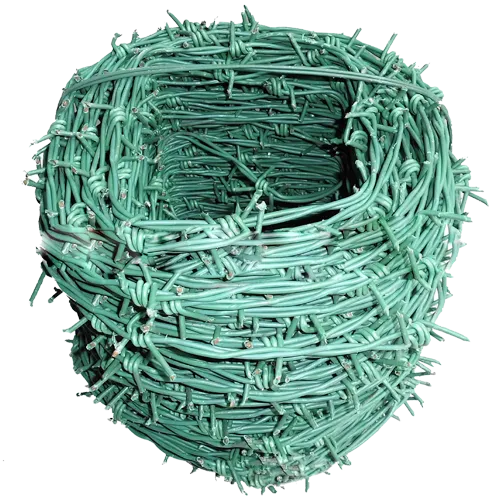How to Choose Drywall Screw Length
When it comes to hanging drywall, the type and length of screws you use are crucial for ensuring a secure and sturdy installation. Choosing the right drywall screw length can affect not only the integrity of the wall but also the ease of the installation process. In this article, we will explore how to properly select the appropriate drywall screw length for your project.
Understanding Drywall Screws
Drywall screws are specifically designed for fastening drywall sheets to wooden or metal studs. They differ from regular screws in a few ways they have a bugle-shaped head designed to sit flush with the drywall surface without tearing the paper face, and they feature threads that are designed to grip the drywall and substrate effectively. The most common types of drywall screws are coarse-thread screws for wood studs and fine-thread screws for metal studs.
Determining the Right Length
1. Thickness of the Drywall The most critical factor in determining screw length is the thickness of the drywall itself. Standard drywall comes in different thicknesses, with 1/2 inch and 5/8 inch being the most common for walls. Here are some general guidelines for selecting screw lengths based on drywall thickness - 1/2-Inch Drywall Use screws that are 1 1/4 inches long. - 5/8-Inch Drywall Use screws that are 1 5/8 inches long. The idea is that the screw should penetrate at least 3/4 inch into the stud for a secure hold.
2. Type of Stud Material - Wood Studs If your drywall is mounted on wooden studs, a coarse-thread drywall screw is appropriate. For 1/2-inch drywall, a screw length of 1 1/4 inch will suffice, whereas for 5/8-inch drywall, a 1 5/8-inch screw is ideal. - Metal Studs When working with metal studs, fine-thread screws are necessary. The thickness of the drywall will generally dictate that you use a screw that’s approximately the same length as you would for wood, but ensure the screw is rated for metal applications.
how to choose drywall screw length

3. Application Consider the application and where the drywall will be installed - Ceilings In ceiling applications, it’s advisable to use longer screws since they will have to support more weight and will take into account gravity. - Walls Standard lengths mentioned above will work for wall installations, but if you're applying multiple layers of drywall, you may need longer screws to reach the studs adequately.
Additional Considerations
In addition to thickness and stud type, there are a couple of other factors to keep in mind when choosing drywall screw lengths
- Double Layer Drywall If you are installing a double layer of drywall for added soundproofing or fire resistance, you’ll need to adjust the screw length accordingly to ensure that the screws penetrate the stud sufficiently while still being flush with the surface. - Screw Head Type Choose a screw head type that suits your application. While bugle heads are standard, using a pan head may be more appropriate in specific applications where load-bearing is a concern.
Conclusion
Selecting the correct drywall screw length is a critical component of any drywall installation project. By taking into account the thickness of the drywall, the type of studs, the specific application, and any additional conditions, you can ensure a secure and effective installation. Remember that a well-anchored drywall will not only result in a smoother finish but will also stand the test of time against eventual wear and tear.
With this knowledge, you’ll be better equipped for your next drywall project, making the process smoother and the results more professional. Always keep in mind the basic guidelines for screw length, and you will find yourself with a strong and durable wall ready for the finishing touches. Happy drywalling!

















